By Les Tan
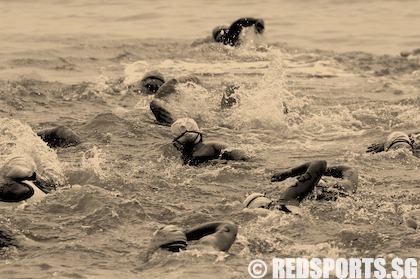
The endurance athlete is an interesting human specimen, especially in Singapore. While the average Singaporean pays for comfort, entertainment and pleasure, the endurance junkie pays for discomfort, monotony and pain.
Training for a marathon, triathlon or a duathlon takes months, even years. Arising at 5am, training four times a week or more, eating carefully, retiring at 11pm or earlier, that’s the lifestyle norm. No more midnight movies, soup kambing at 3am, and definitely no marathon drinking sessions. The hedonistic pursuits of a previous life become a distant memory.
Spending that much time training usually makes the endurance athlete a rather calm and patient person. The sport demands it. So it takes quite a bit to upset an endurance athlete. The City Duathlon debacle seems to have touched a raw nerve among this group of athletes, with poor marshalling and course design sending a leading group of bikers hurtling the wrong way, causing everyone to “follow the leader” and make the same mistake too.
So what makes a good event?
The multi-sport endurance event is an exercise in logistics. The best example on this little island has to be the Singapore Biathlon. While it goes out under the banner of SAFRA, it is the Singapore Navy that plans and executes the event. It is obvious to anyone that the sheer numbers of full-time National Servicemen the Navy can deploy makes the difference. From picking up your registration pack, body-marking, to safety crews and marshals, nothing major goes wrong at a Singapore Biathlon.
After attending every Singapore Biathlon since 2003, the only time I thought the planning went a little awry was when they held one at Siloso Beach, Sentosa. The swim began at such a low tide that swimmers actually stood up to walk after about 50m into the swim, leading to laughter from those watching on shore. You would think the Navy, of all people, would have waited for high tide before starting.
After logistics, comes the number of participants. The equation is simple enough: the more participants, the less space for everyone. With a bike leg, it becomes dangerous. Experienced and fast bikers going for timing scare the living daylights out of inexperienced and slower bikers who are there just to finish. The conflict is intensified on crowded routes.
Are organisers willing to cap the numbers? The Singapore International Triathlon organisers are capping the Olympic-distance triathlon at 1,200 entrants. The organisers of the Singapore Marathon have not stated a cap and look like they are hoping to break last year’s 40,000 record. Record numbers look good post-event in papers but for the individual who doesn’t get to run his 10km in a straight line or has to make sure he doesn’t suffer bike rage on overcrowded courses, it looks less rosy.
The last piece of the puzzle is price. Some City Duathlon participants are wondering if they have grounds to get a refund for the $85 they paid. The multi-sport endurance scene has seen year-on-year price increases. The Singapore Biathlon cost just $30 two years ago. This year’s fee was $48. In 2003, the Singapore International Triathlon cost $60. This year’s fee averages $125.
Most baulk at paying above SGD 100 for a multi-sport race. The unintended effect of the SAFRA subsidies to encourage a healthy lifestyle is that some find it hard to stomach higher, market-driven fees for bottom-line driven events. Registration fees alone aren’t sufficient enough to stage an event while corporate sponsorships are limited. Are we willing to pay more?
So what is an endurance athlete to do? In the end, with a sports calendar so packed you could turn professional on weekends, it boils down to race selection. With discerning athletes making their choices known, the poorly-organised races will fall by the wayside, and no one will mourn their disappearance from the calendar. The organisers are just following market demand so the choice is in our hands.
Related articles:
Confusion mars City Duathlon
Singapore Marathon gets double the money. Will we get double the space?
____________
Feel free to take part in the REDpoll to share your opinion. The poll allows multiple choices.

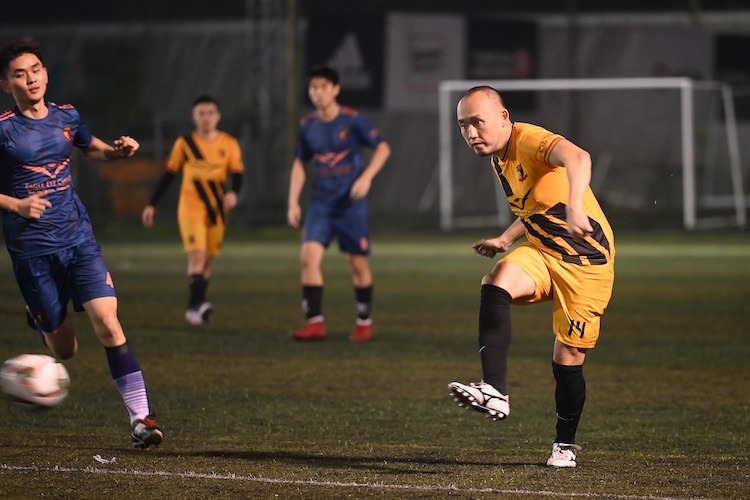



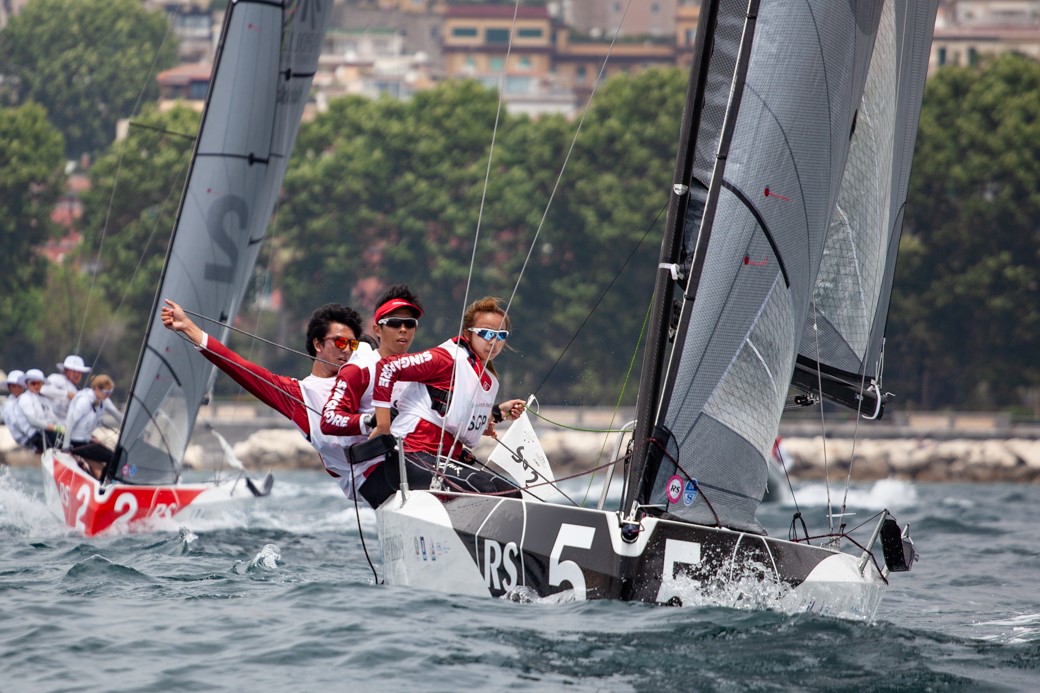
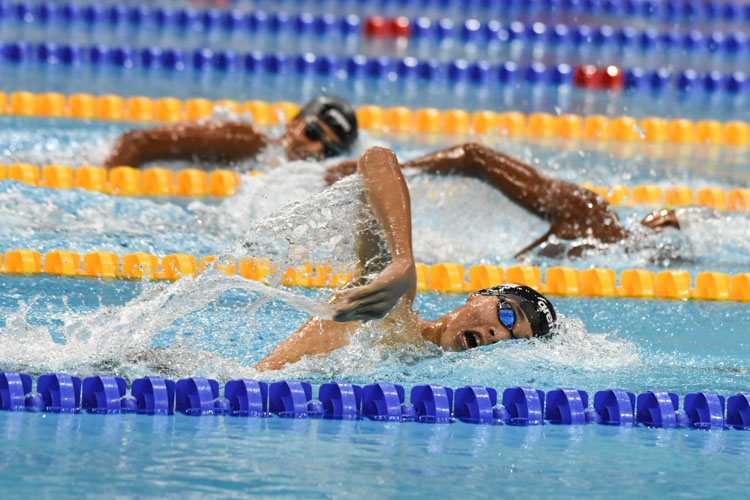
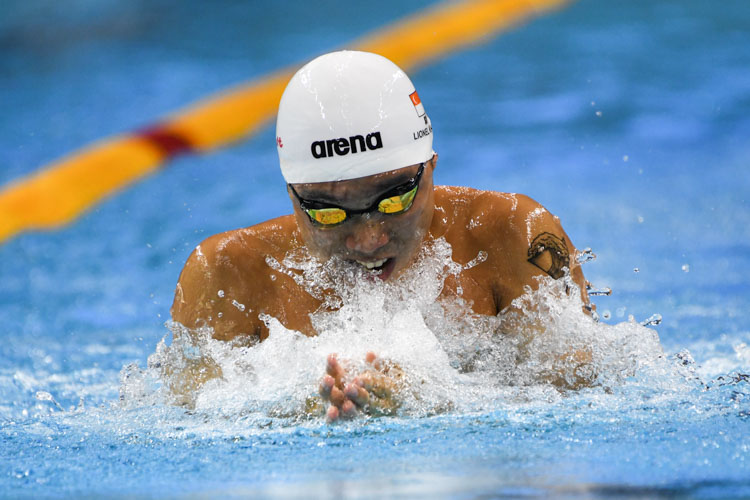

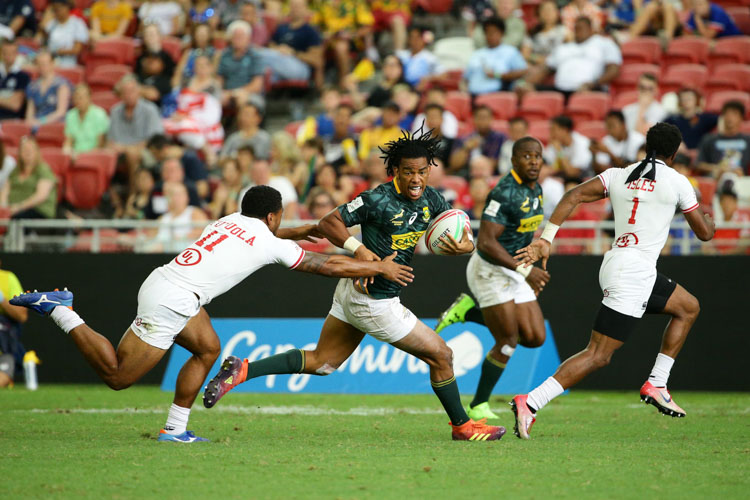

I believe that over the years, the expectations of participants have also risen, partly due to the fact that there are more people who have participated in such events overseas (eg, Boston Marathon, London Marathon, Ironman Kona, etc) and therefore have some basis for comparing how our events are organised and managed against how these world-class event are run. The other reason being that with the increase in registration fees, people tend to expect a better race experience.
I remember when the first Gatorade biathlon was held in Sentosa in 1994. It was a simple affair and there weren’t sufficient signages and marshals but every one had a good time. Maybe such multi-sport events were still in its infancy then and everyone was there for the participation. The registration fee, if I can recall correctly, was only about $15. We all got a Finisher’s medal and a goody-bag which contained some sample-sized tubes of muscle rub and sunblock. How many people then had even heard of a biathlon let alone a triathlon!
The first Sheares Bridge Run was also a very simple affair and in fact as recently as 1996 or 1997, SAFRA would mobilise all their staff to man the water-points during the race. Race officials were largely SAFRA volunteers and SAFRA Running Club members. There were hiccups during the event but the participants then were more forgiving since their expectations were much lower. The same thing went for the Singapore International Marathon, which alternated with the Mobil Marathon. We did not have complete road closures and the water points, especially those after the 30km mark, often ran out of water! If anything like that happens during either the AHM or the Standard Chartered Singapore Marathon, you can be sure that there would be a riot and the media would have a field-day! This could possibly be due to the fact that the registration fees, as you have so rightly pointed out, have gone up two or even three-fold from those days. It is not uncommon to have to fork out nothing less than $50 for a run nowadays and with it, people expect that the organisers have got the fundamentals right. The basic logistics of a race must be in place (ie, water points, signages, marshals, first aid points, ChampionChip timing, certificates, etc). What was once deemed as frills are now the very basic requirements for a race, especially if the organisers tout their races to be “world-class” or when the word “International” is used in the event name. This would be akin to comparing the type of in-flight service between a budget carrier and a full-service carrier. When we pay more, we demand more.
Also, with increasing awareness of healthy living and exercise, people now tend to take their races very seriously. PBs are no longer the buzzword among just the elite athletes anymore. Your average race participant is also going all out to beat his or her personal best and this results in greater frustration among the participants if they see their failure to beat their own PBs resulting from poor race management.
Personally, I feel that race organisers have an obligation to ensure that their events are problem-free and standards must match the inflated fees that they are charging. It is no longer a matter of setting new records for the number of participants these events attract; Boston has a cap on the number of participants; it is now a matter of ensuring that the quality of the race experience draws participants back to the race year after year. I, for one, have given up participating in every road race, biathlon and triathlon in the calendar. Due to the increased registration fees, I have now decided to register for events that are well-run and managed. As such, I only take part in the AHM and Standard Chartered Singapore Marathon. OSIM Singapore International Triathlon used to be on my list but sadly, after last year’s mudbath at the bicycle transition area and the poor management of information as to whether the swim leg would continue due to poor weather, I have struck it off my racing calendar until the organisers can get their act together.